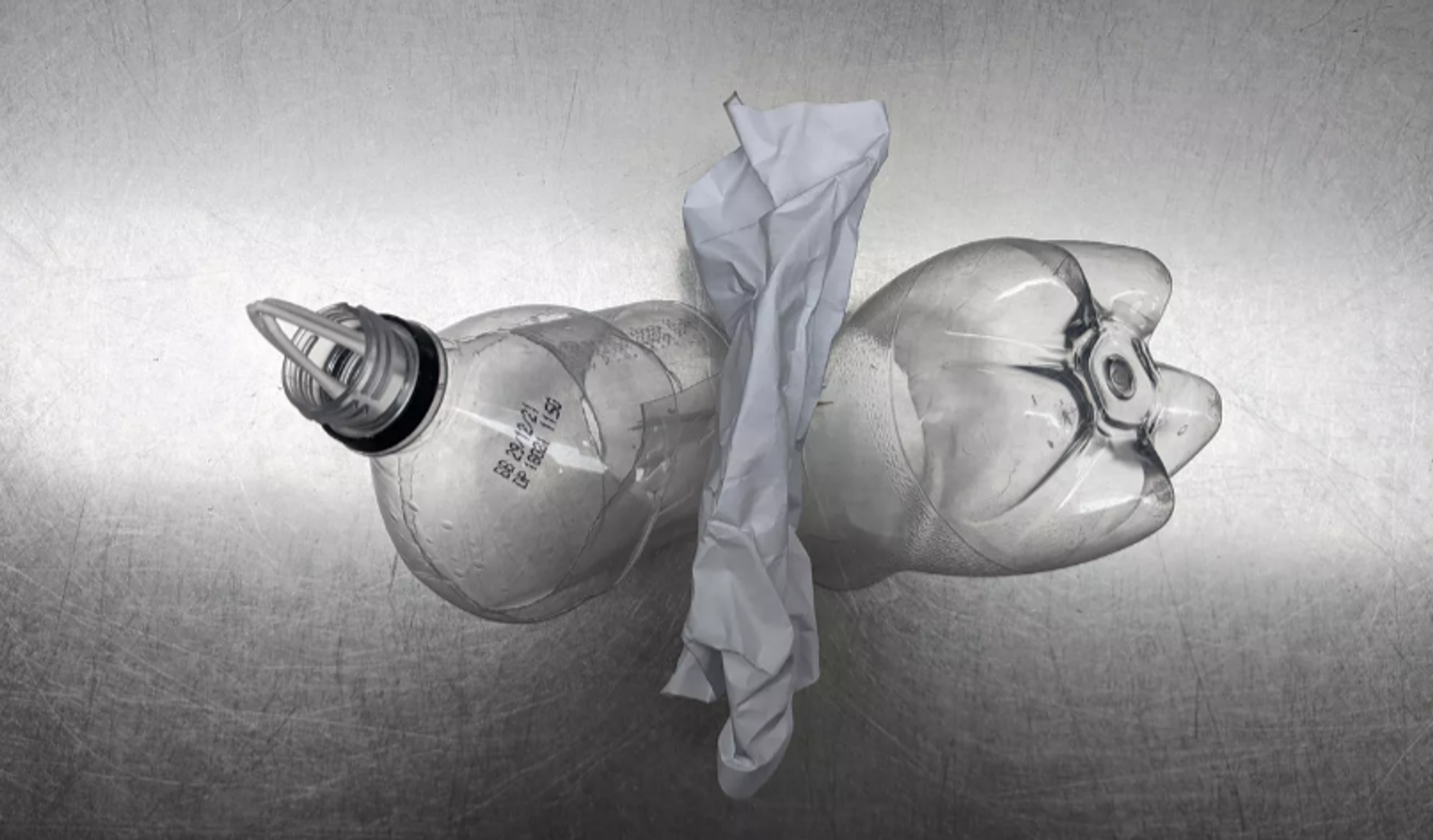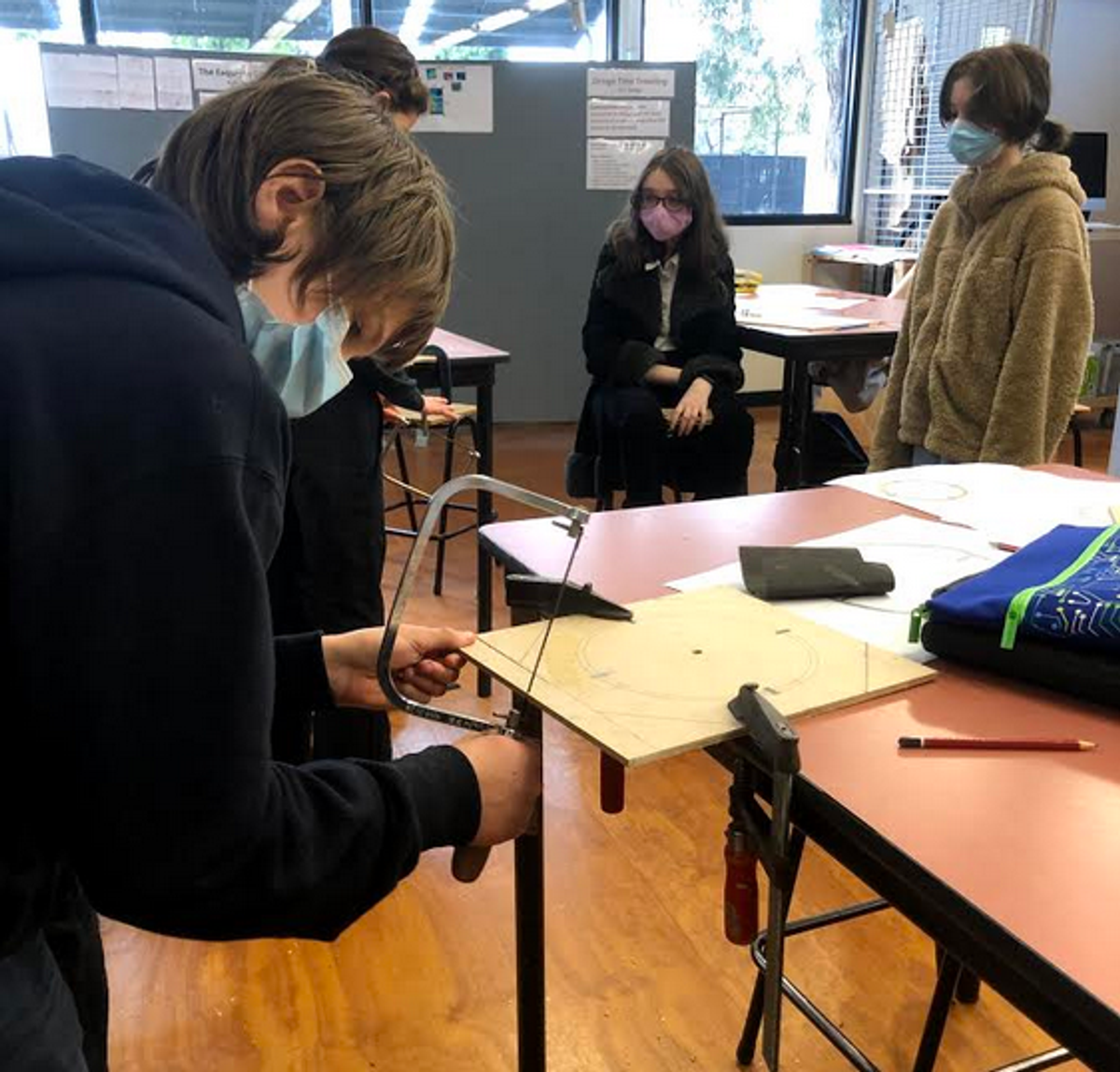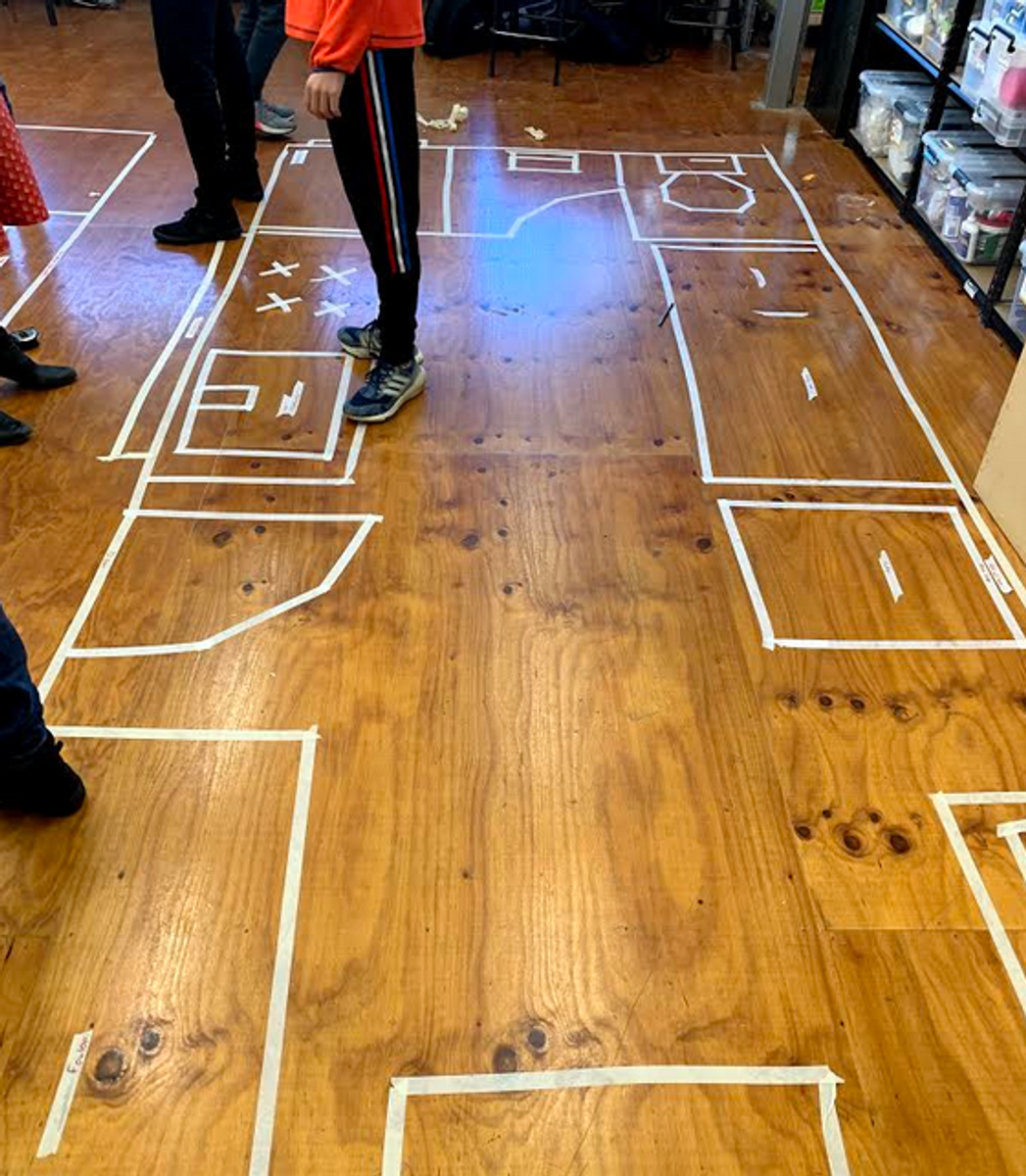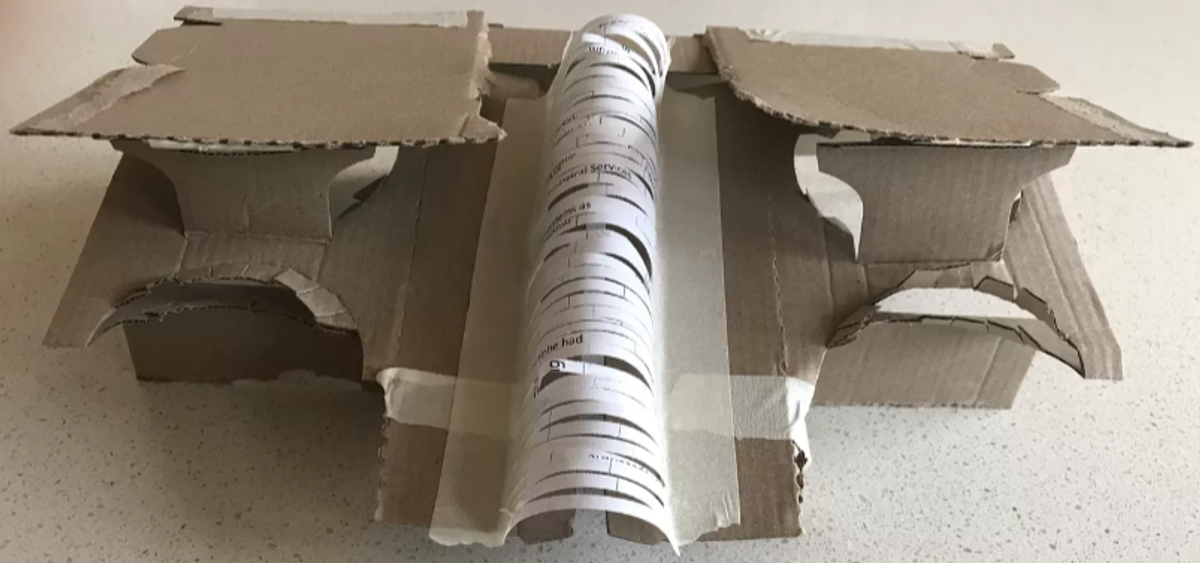MYP: Connecting to Design

YEAR 7
Time Traveller
Statement of Inquiry: Communities can promote innovation in design and the most enduring of products draw from the history of design itself.
In this Year 7 Design unit, students are learning why it is important for designers to have an understanding of the aesthetics and principles from past design movements. Students will draw upon their research of past design trends in order to develop their own unique clock designs. They have spent Term 2 researching and designing their clock face and are in the final throe of making their designs.
YEAR 8
Tiny House
Statement of Inquiry: Three-dimensional modelling can enable the communication and consideration of ergonomics for the human-scale.
In this Year 8 Design unit, students are learning about alternative housing models. They are tasked with designing their own Tiny House using a 3D modelling program called Google Sketchup. In our most recent lesson, students used masking tape to mark out a floor plan of a Tiny House on the classroom floor. This task allowed students to understand the small scale of the project and how it affects the ergonomics of space.
YEAR 9
Urban Interventions
Statement of Inquiry: Iconic representations express a recurring sentiment through time and space.
In this Year 9 Design unit, students are learning about urban interventions. Students have been asked if urban interventions can be considered public art, urban design or a mixture of both. Students have studied a range of artists and designers who design works that are public and interactive in nature. The first part of the unit is skills based and focuses on students understanding the ancient artform of mosaicing. They are learning how to create small mosaics and will have the opportunity to design a larger scale public intervention on the Preshil campus.
YEAR 10
The Exquisite Corpse
Statement of Inquiry: Designers who use a diverse range of creative processes are able to develop innovative solutions for clients.
Remember that game The Exquisite Corpse? It’s simple really, you fold a piece of paper into equal thirds. The first person draws the head, folds the piece of paper and passes it to the second person who draws the torso. The final person draws the legs. Then, hey presto, you have The Exquisite Corpse.
In the early 20th century, the Surrealists invented this game and they argued The Exquisite Corpse tapped into the power of collective creativity.
Our question to our Year 10 designers is, “Can you design a house in this fashion?”
With this question in mind, students have been busy this term learning about the world of architectural model making. Our short period of online learning did not curb students' creativity and they were encouraged to use everyday materials to make a range of models. Materials such as paper coffee cups and trays, aluminium foil, glad wrap and cardboard were utilised to great effect (lucky for us there were lots of online deliveries made and many cardboard boxes laying around for the taking).
This unit asks students to explore a range of architectural elements through model making and they will explore the concepts of metacognition and abstract thinking to generate ideas.
The enterprise will culminate with a group project where students will collaborate to design a scale model of a house. The designers (aka the students) have been hired by an eccentric client and each member of the group has to design ‘part’ of a house. Students will explore a range of strategies to design this space and then combine their models with the work of the other 3 designers in the team. The finished product will be called The Exquisite Corpse.
Lewis Kingston & Fleur Fogarty
teachers of Design





